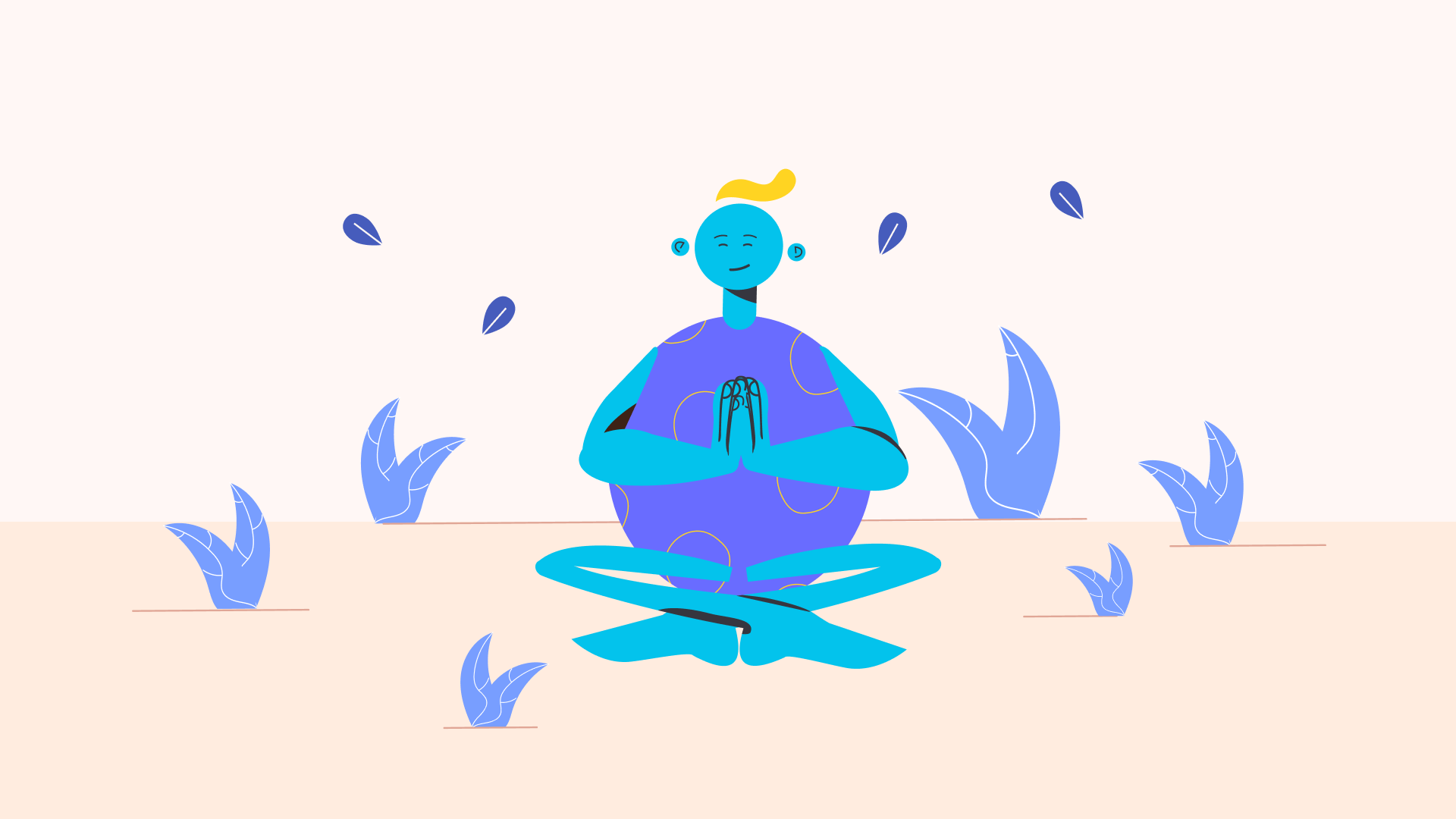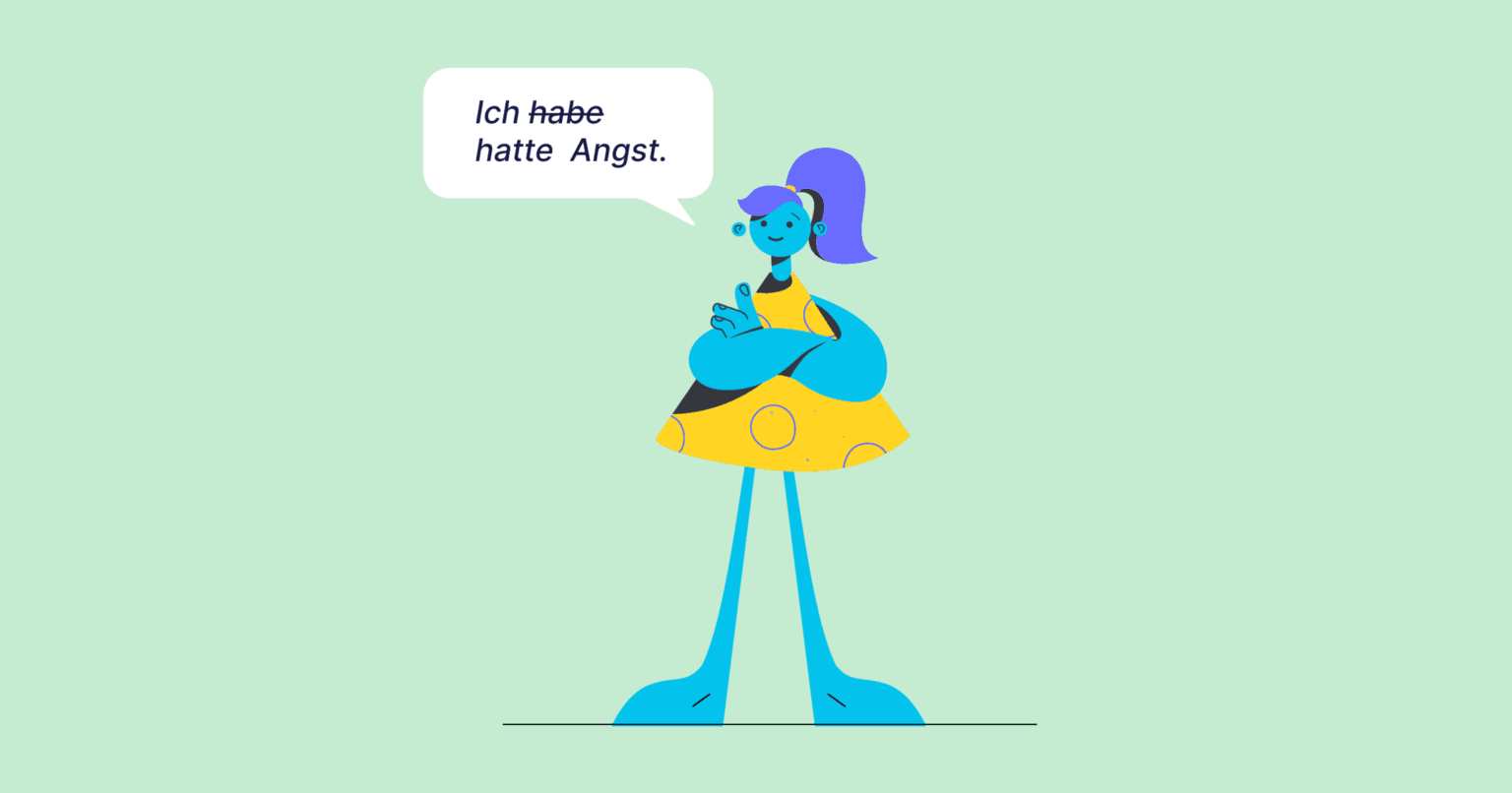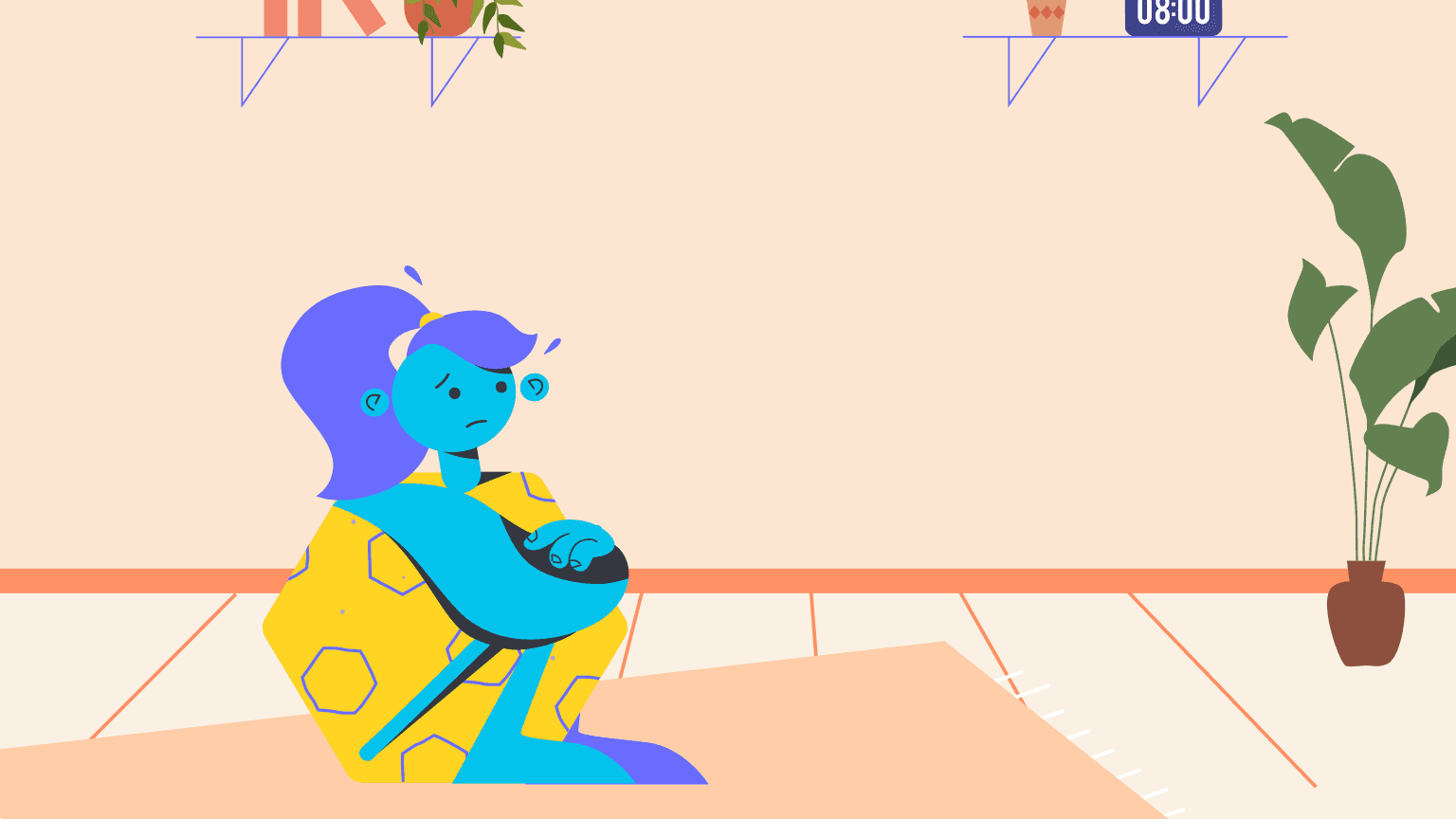Relaxation Exercises Overview

Relaxation exercises have been proven to have a calming effect on the nervous system
Relaxation exercises have been proven to have a calming effect on the nervous system. They are particularly helpful for anxiety disorders to reduce tension and nervousness. This, in turn, leads to overall fewer anxiety attacks. If an anxiety attack does occur, they help your body regulate itself more quickly afterward. Relaxation exercises thus provide good support on your journey out of anxiety. An overview of scientifically recognized relaxation exercises for reducing anxiety and panic can be found in this article.
Relaxation Exercises Overview
1. Progressive Muscle Relaxation (PMR) – Relaxation According to Jacobsen
About 100 years ago, physician Edmund Jacobson discovered that people with mental illness additionally suffer from muscle tension and physical states of tension and arousal. To counteract this, he developed Progressive Muscle Relaxation (PMR), also called Progressive Muscle Relaxation (PMR).
In Progressive Muscle Relaxation, we deliberately tense different muscle groups in a specific order one after another, hold the tension for a few seconds, and then release it again. Through this, we learn to consciously perceive differences between tension and relaxation and thus actively bring about relaxation ourselves. Progressive means advancing. On the one hand, it means progressively integrating more and more muscle groups into the exercises. On the other hand, over time, perceiving certain muscle groups as belonging together and actively letting go. In the long term, this has a relaxing effect not only on our body but also on our psyche. So, a really effective relaxation technique for anyone who doesn't want to just lie there but also wants to be actively involved.
2. Autogenic Training – Relaxation for Your Body
Autogenic Training is a relaxation technique best understood as a form of self-hypnosis. The goal is to create relaxation from within through mental concentration on the body. We focus particularly on the calm, heaviness, and warmth in our body. This is built up successively and spoken through three times in a row. In thoughts, this usually sounds like: My left leg is completely warm and heavy. Through these so-called autosuggestions, the subconscious is activated to influence the body.
3. MBSR (Mindfulness-Based Stress Reduction) – Mindfulness-Based Stress Reduction
When we reduce stress in our daily lives, we also take away some of the breeding ground from our anxiety. The relaxation technique MBSR developed by Jon Kabat-Zinn teaches us how to direct our attention and move more mindfully through everyday life. We learn this through various exercises for body awareness (e.g., body scan), breathing, yoga, and meditation exercises. Above all, it's about perceiving the moment without judgment.
4. Biofeedback
Through biofeedback, we can learn to perceive unconsciously occurring processes in the body and influence them specifically. These can be the heartbeat, pulse, or even brain waves. We are connected to medical-technical devices that measure these processes and make them directly experienceable for us through visual signals or sounds. The goal is to positively influence these processes through breathing or relaxation and to learn through the feedback (e.g., a green light) when and through which behavior the relaxed state occurs. Through practice, we learn to induce this state even without technical devices.
5. Relaxation Through Sports
In the classical sense, sports are not a relaxation exercise, but they are a helpful method for quickly breaking down stress hormones. Due to anxiety states, the body releases more stress hormones. Sports not only make the body sweat out stress hormones but also release the happiness hormone endorphin. Endorphins ensure that we feel relaxed and comfortable in our skin. This, in turn, allows us to keep a cooler head when we are anxious or panic attacks arise. Especially endurance sports have proven effective in reducing anxiety symptoms. 30 minutes a day is already sufficient.
6. Meditation & Meditative Sports: Qigong, Tai Chi & Yoga
Not only endurance sports, but also meditation and meditative sports are recognized as scientifically validated methods for reducing tension and anxiety. These include Tai Chi, Qigong, and Yoga.
Meditation, according to studies, directly affects brain areas that regulate our emotions. It's not about "thinking of nothing," as often assumed, but about allowing emerging thoughts, perceiving them, but not judging them and thus letting them pass by. One practices being present in the moment and consciously perceiving one's environment.
Tai Chi and Qigong are considered traditional Chinese movement arts. Both involve flowing, deliberate movement sequences that promote relaxation and concentration as well as make body energies flow. Qigong is part of Traditional Chinese Medicine (TCM) and pursues a health goal through the activation of self-healing powers. Tai Chi, on the other hand, belongs to the martial arts and is more dynamic in execution than Qigong.
Yoga includes holistic body exercises that strengthen, stretch, and relax the muscles. This has a healthy effect on the cardiovascular system, among other things, lowers stress hormones, and reduces anxieties. In yoga, additional emphasis is placed on breathing techniques (Pranayama). Pranayama scientifically proven reduce anxieties by having a directly calming effect on the nervous system.
Here's a little rule of thumb for calming breathing: Exhale twice as long as you inhale.
Anxiety is accompanied by shallow breathing and racing heart. Through breathing, we can directly influence our heart rate. The next time anxiety arises, try to breathe in as gently as possible through your nose and exhale through a minimally opened mouth twice as long. A pfff sound may occur. Make sure you exhale all your air. If you can manage it, pause your breathing for a brief moment before gently inhaling again. After just a few such breaths, you'll notice how your heartbeat becomes significantly calmer and your body relaxes.
Practice Makes Perfect…
To notice initial changes and also achieve long-term relaxation success, it's important to practice regularly over a longer period of time. In addition to on-site course offerings, there are many freely accessible online offerings. Just enter the respective relaxation method into the search engine, app store, or video and streaming portal of your choice. Some relaxation procedures are also promoted and subsidized by health insurance companies. For individual offerings in relaxation techniques, it's best to inquire directly with your health insurance company.
Important: Relaxation exercises should not be used when you are in an acute panic attack or doing a confrontation exercise!




